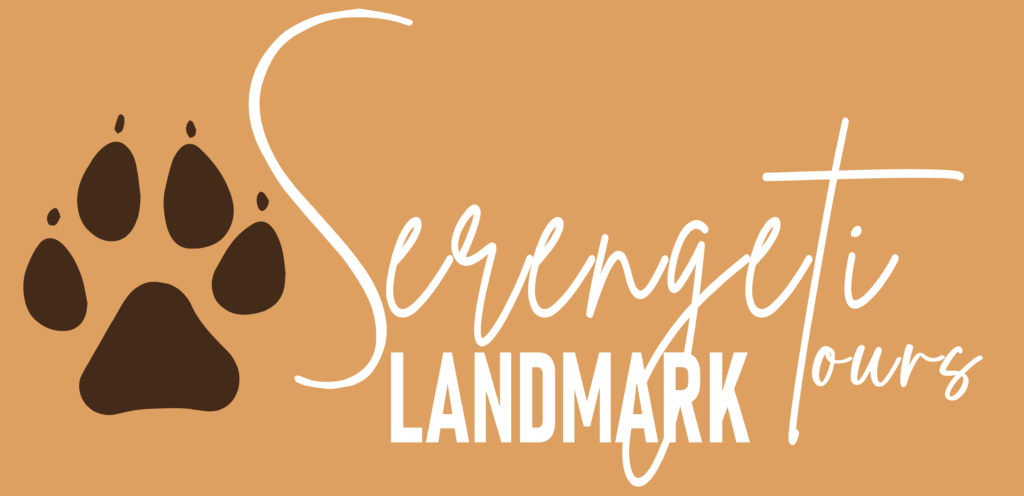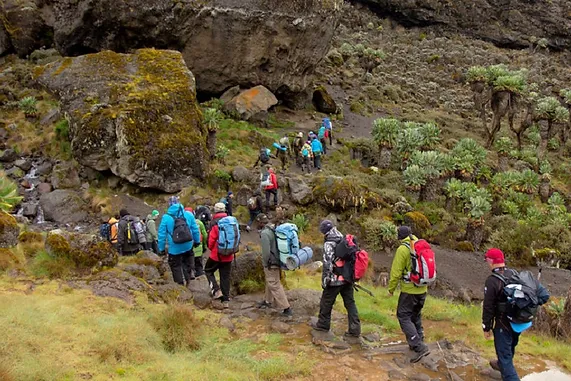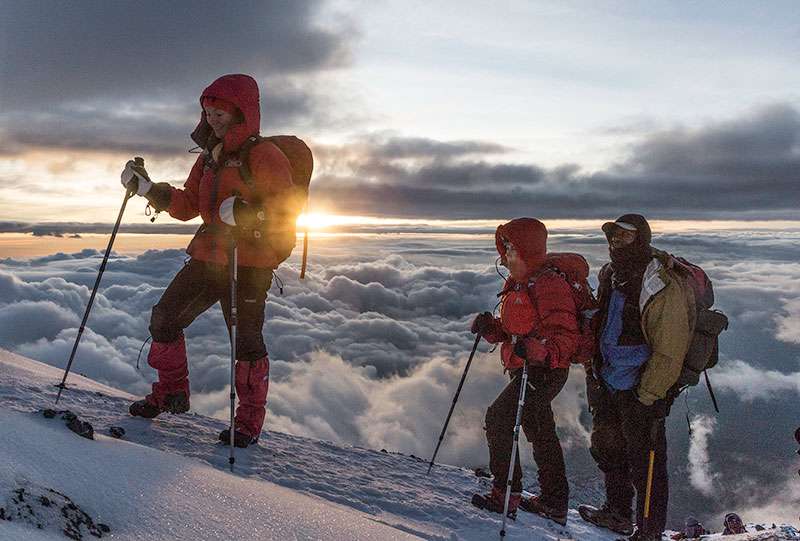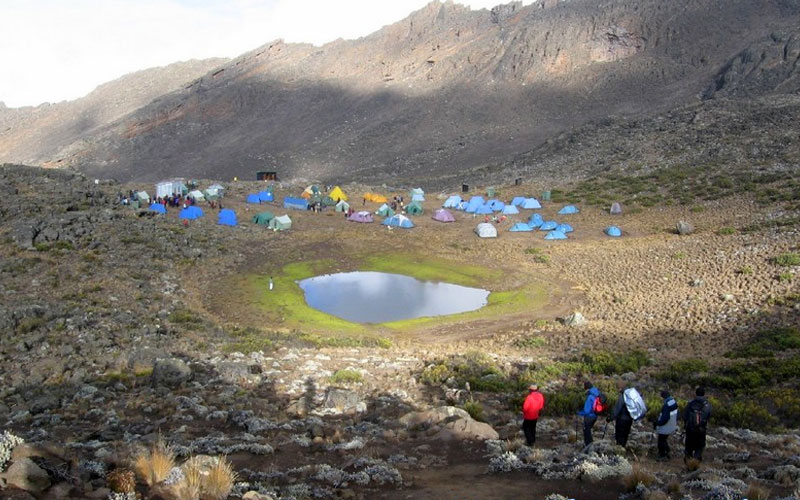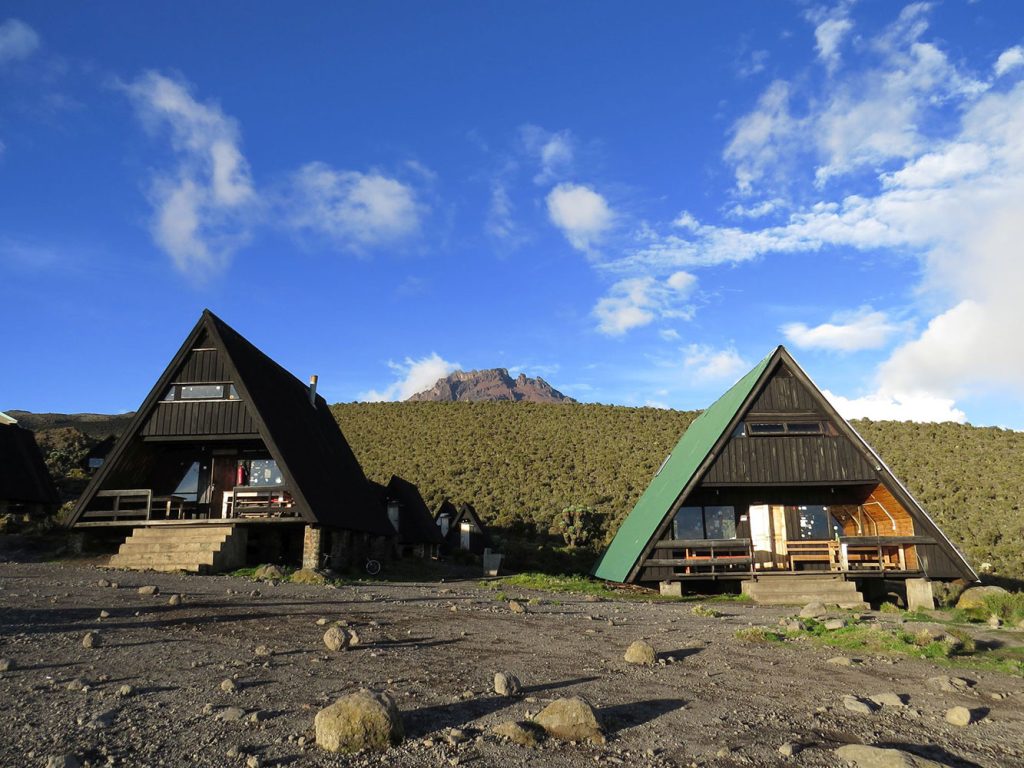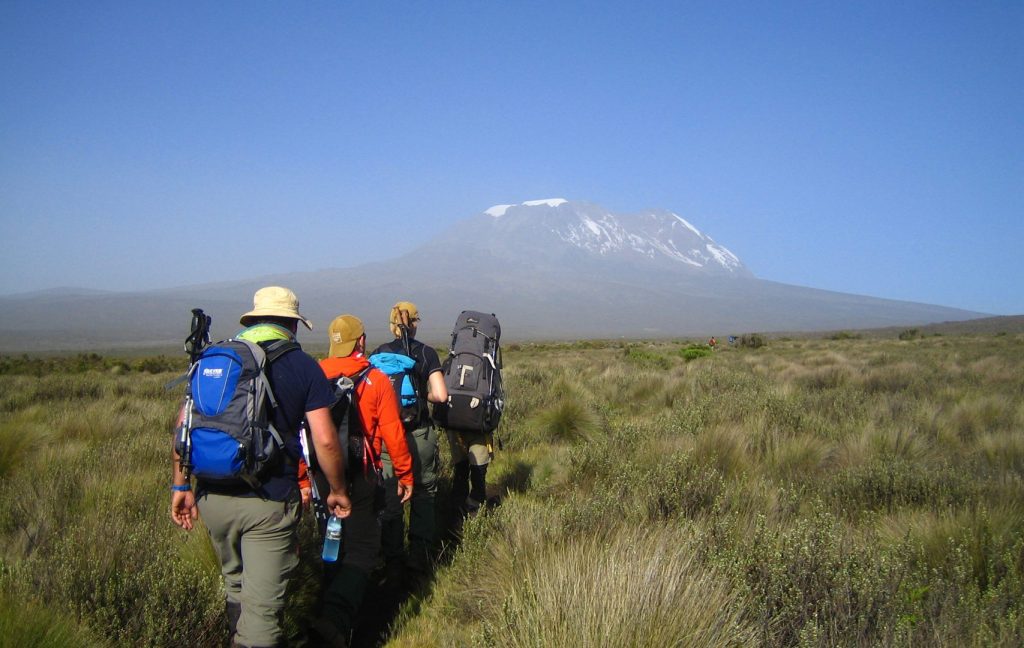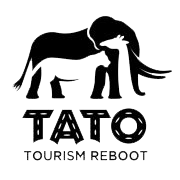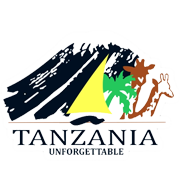7 Days Lemosho Route – The lesser-known Lemosho route begins on the western side of Mt Kilimanjaro. The first 2 days of the tour cross the thick rainforest belt which then changes into heath and moorland with many ferns and ericas along the way. The small trail sometimes has very steep passages and goes through diverse landscapes. On the third day, the trail joins the Machame route. Compared to the Marangu and the Rongai route, the Lemosho route is more challenging.
Trip Highlights
- This route is for people with hike experience or confidence in their ability to hike a difficult terrain, camp out, want a superb wilderness experience, and whose budget is not the ultimate consideration.
- Be prepared to trek all types of weather because can complicate matters.
- Remoteness and added transport make Lemosho an expensive route.
- A transfer from and back to the airport is included
- Private safari arranged just for you
- Two nights in Arusha befor and after the safari in
In the morning, you will be picked up at the lodge and taken to the Londorossi Gate (2,250 m). Here you will be registered by the national park authorities. Then you will drive approximately 15 km on a bumpy track that will take you into the dense rainforest to the drop-off point where your trek begins. You will follow a moderately steep track, which leads you through an amazing and unspoiled natural forest to the Big Tree Camp, your destination for today. As this region is also home to wild games, you will be accompanied by an armed ranger during the first 2 days of your trek. Breakfast, Lunch, Dinner
Today’s long trek starts on a small trail that passes through the rainforest. As one climbs, the forest gradually thins out and the landscape changes into heath and moorland where plants like erica and lobelia start to dominate the landscape. You will cross the Shira Ridge and after 4 to 5 hours of trekking, you will reach Shira Camp 1. Here you will stop for lunch, relax a bit and enjoy the fantastic views of Mt Meru and the Rift Valley. For the last part of the climb (approximately 3 hours), you will climb another 250 m in altitude. The landscape will change again and you will pass giant senecios that can grow to almost 9 m in height. At Shira Camp 2, you will camp for the night and with a little luck, enjoy the wonderful view of the Kibo summit at sunset. Breakfast, Lunch, Dinner
Today you will climb approximately 700 m, but you will spend the night at an elevation only slightly higher than the previous night. This will allow your body to acclimatize, as a height of over 4,600 m will be reached before descending again. In doing so, you will be able to see how your body reacts to such an altitude. The trek begins with a long ascent above the Shira Plateau in the direction of the Lava Tower. The vegetation becomes sparser as the landscape changes to alpine desert. The climb passes through the wide Barranco Valley with its lobelia and giant senecio plants. After 6 to 7 hours’ walking, you will arrive at the Barranco Camp – perhaps the most beautiful camp in Kilimanjaro. Breakfast, Lunch, Dinner
Today’s trekking leg has many ascents and descents and shortly after the start, you will tackle the steepest part of the entire route – the Barranco Wall. Every now and then, you may need your hands to hold on as there are no climbing “paths”. Safety is paramount and your guides will assist you whenever necessary. After reaching the top of Barranco Wall, you will walk along the mountain ridge. From here you will have fantastic views of the southern glacier of Kibo as well as of the Kibo summit. You will get to Karanga Camp around lunchtime. Breakfast, Lunch, Dinner
After breakfast, you will walk along a trail that passes through an alpine desert area until you reach the destination of today – the Barafu Camp. In the afternoon you can relax and stretch your legs in preparation for the upcoming summit night. You will have dinner early in order to catch a few hours’ sleep before you will be woken up at around midnight. Breakfast, Lunch, Dinner
After some hot tea and a light snack, the climb begins at around midnight. By torchlight you will start walking on the lava ash that is still frozen. After 5 to 7 hours you will arrive at Stella Point (5,730 m), the crater rim of Mt Kilimanjaro. Another 1 to 2 hours climb along the crater ridge will lead you to the summit of Uhuru Peak. From “Africa’s Roof”, you will be able to see the surrounding landscape being lit up by the rising sun – a truly liberating experience. After a short break and taking photos, you will return to Barafu Camp just before midday where the rest of the crew will be waiting for you. You will have a warm lunch and rest for about 1 to 2 hours before you make your way down to the Mweka Camp about 3 hours away. Breakfast, Lunch, Dinner
The final leg of your amazing adventure begins after breakfast with a traditional farewell ceremony from the mountain crew. Then a gentle 2 to 3 hours’ descent through the rainforest continues to Mweka Gate, where your driver will be waiting for you. He will take you back to your Lodge in Arusha
Inclusions/Exclusions
Cost Includes
- Transfers in both directions between the International Airport and Arusha
- Two nights’ accommodation in Arusha town which is night before your tour and after your tour.
- Professional safari guide and well speaking English.
- Professional safari cook Entrance fee for all national parks.
- Accommodation at basic camping during the safari full board
- Camping fees at all national parks.
- 18% VAT to our entrance fees.
- All Government taxes
- Unlimited drinking water.
Cost Excludes
- Tanzania Visa
- Personal Expenses (e.g. laundry, telephone, beverages, etc.)
- Tips and gratuities to your safari guide and cook
What to know about this safari Expand all
You can hike Mount Kilimanjaro all year round but the dry season from June to early November is the best time
- Extra clothing, Snacks, Gloves, Sunglasses, Wipes, Heavy boots, Warm jacket are advised to have with
- Remember to carry Powerbanks and extra batteries for the Camera
- daypack are waterproof gear, extra clothes, Snacks, Gloves, hats, Sunglasses & Wipes.
We recommend that travelers tip between the below guideline, However tipping is not mandatory or enforced but highly recommended. As it is a safari tradition & the crew will be expecting some tips. you can tip more or less depending on the performance of the crew.
